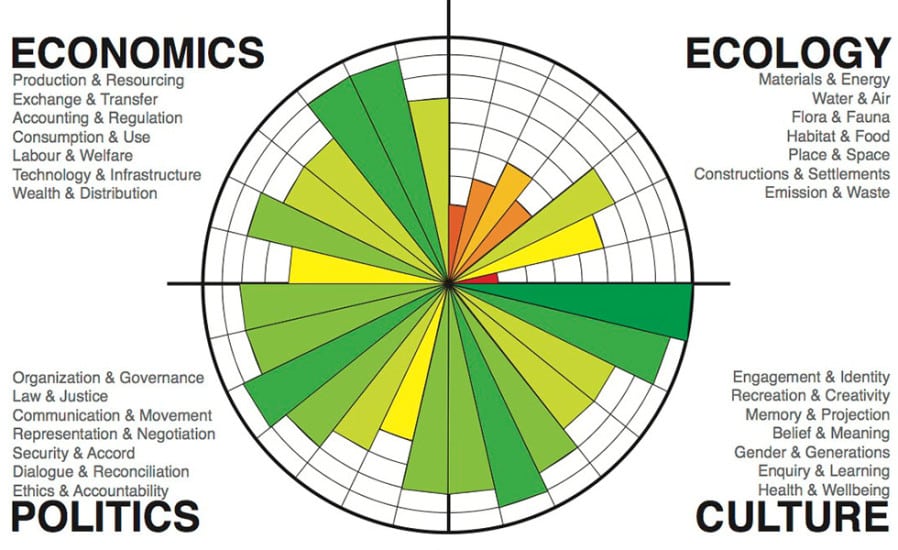
GreenWeaver AI: Fostering Transparency and Actionable Strategies for a Sustainable Hemp Industry
The pursuit of a truly sustainable hemp industry requires transparency and action beyond a company’s own operations. GreenWeaver AI steps forward as a transformative platform, equipping businesses with comprehensive tools to not only assess their own environmental impact, but also promote responsible practices throughout their entire supply chain.
Supply Chain Sustainability Mapping: Collaborating for a Greener Future
GreenWeaver AI empowers businesses to map the environmental impact of their hemp supply chain. This goes beyond simply identifying suppliers; the platform delves deeper, analyzing factors such as:
- Cultivation practices: GreenWeaver AI can assess water usage, land management techniques, and potential pesticide use of hemp suppliers.
- Processing methods: The platform analyzes energy consumption, emissions, and waste generation during processing at supplier facilities.
- Transportation logistics: GreenWeaver AI calculates the environmental impact associated with transporting raw materials within the supply chain.
By providing a comprehensive picture of the environmental footprint across the supply chain, GreenWeaver AI enables businesses to:
- Identify and prioritize partnerships with sustainable suppliers: Knowing where environmental challenges may lie within the supply chain empowers businesses to collaborate with suppliers committed to sustainable practices.
- Promote sustainable practices throughout the industry: By prioritizing partnerships with responsible suppliers, businesses create a ripple effect, driving positive changes within the wider hemp ecosystem.
- Enhance collaboration and transparency: GreenWeaver AI facilitates communication and collaboration between businesses and suppliers, fostering a shared commitment to sustainability. (Hashtag: #SustainableSupplyChain)
Waste Reduction Strategies: Optimizing Resources for a Sustainable Future
Resource efficiency is a cornerstone of sustainability. GreenWeaver AI goes beyond highlighting waste; it provides businesses with actionable strategies to minimize waste generation throughout the production process.
The platform leverages data analysis to identify areas for improvement, including:
- Streamlining production processes: GreenWeaver AI suggests optimizations to production workflows to minimize material waste.
- Promoting material reuse and recycling: The platform explores opportunities for implementing closed-loop systems within production facilities, allowing for the reuse or recycling of hemp materials.
- Identifying innovative waste reduction solutions: GreenWeaver AI stays updated on evolving technologies and practices for waste reduction in the hemp industry, suggesting potential solutions for businesses to implement.
By adopting these strategies, businesses can significantly reduce their overall waste footprint. This not only benefits the environment, but also translates to cost savings for businesses through optimized resource utilization. (Hashtag: #HempWasteReduction)
Sustainability Reporting Tools: Empowering Transparency and Progress
GreenWeaver AI doesn’t stop at providing actionable insights. The platform empowers businesses with comprehensive sustainability reporting tools. These tools generate detailed reports on a business’s environmental impact, encompassing:
- Life Cycle Analysis results: Reports consolidate data on the environmental footprint of products throughout their lifecycle.
- Supply chain sustainability mapping results: Reports present insights on the environmental impact of a business’s supply chain partners.
- Waste reduction progress tracking: Businesses can monitor their progress in minimizing waste generation over time.
These reports serve several key purposes:
- Internal tracking and goal setting: Sustainability reports enable businesses to track their progress towards environmental goals and identify areas for continuous improvement.
- Transparency with stakeholders: Comprehensive sustainability reports allow businesses to communicate their commitment to environmental responsibility to customers, investors, and regulatory bodies. (Hashtag: #HempSustainabilityReporting)
GreenWeaver AI empowers businesses in the hemp industry to move beyond simply claiming sustainability. By providing actionable recommendations and fostering transparency through robust reporting tools, GreenWeaver AI paves the way for a future where responsible practices are not just a goal, but a measurable reality.
#GreenWeaver #AI #HempTech #CannabisTech #ArtificialIntelligence #SustainableBusiness #Innovation #HempIndustry #CannabisIndustry #FutureofHemp #FutureofCannabis #GreenTech #HempSearchEngine #HempModuleBuilder #LogisticsOptimization #SustainableHemp #WarehouseAutomation #HempProductDevelopment #HempInnovation #SustainabilityAI



